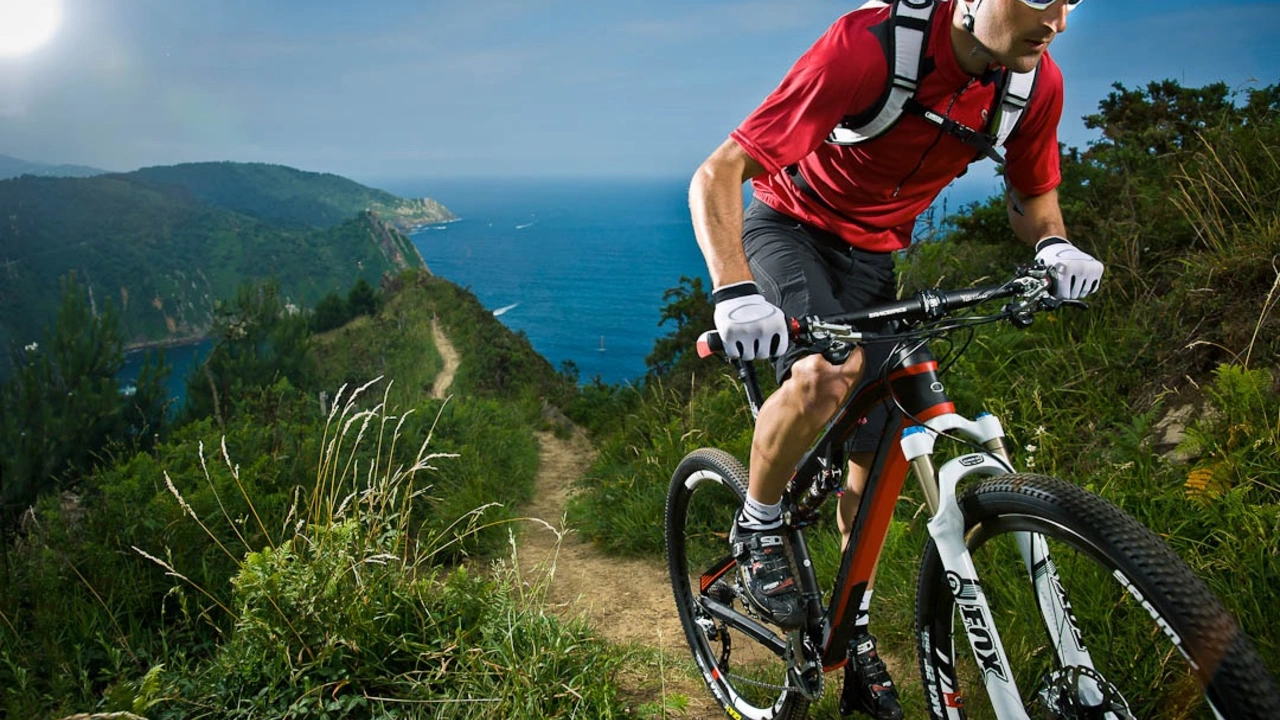Bike Purchasing Guide: Find the Right Bike for You
Buying a bike can feel overwhelming – there are dozens of styles, price tags, and technical terms. The good news is you don’t need a degree in engineering to make a smart choice. In the next few minutes we'll break down what matters most, give you a quick test‑ride checklist, and point out the pitfalls that most shoppers miss.
Know Your Riding Goal
Before you walk into a shop, ask yourself one simple question: where will you ride most often? If you plan to cruise city streets to work or the local shop, a road or hybrid bike will feel smooth and fast. If you love trails, a mountain bike with wide tires and suspension will keep you upright on rocks. For mixed terrain – a bit of pavement, a bit of gravel – a gravel bike or a versatile hybrid is your sweet spot. Matching the bike type to your main route saves you money and frustration later.
Set a Realistic Budget
Entry‑level bikes start around £300, while high‑end models can exceed £3,000. Most casual riders get the best value in the £500‑£1,200 range. In that bracket you’ll find reliable frames, decent components, and a warranty that covers the basics. Avoid the temptation to go for the cheapest option if you plan to ride often; cheap parts wear out fast and end up costing more in replacements.
Once you have a budget, factor in accessories – helmet, lock, lights, and a pump. These add a few hundred pounds but are essential for safety and convenience.
Now, here’s a quick walk‑through you can use while you’re in the store or browsing online:
1. Frame material – Aluminum is light and affordable, perfect for most riders. Steel feels sturdy and smooth but is a bit heavier. Carbon fiber is the lightest but pricey; save it for performance‑focused riders.
2. Size matters – A bike that’s too small will make you cramped; too big and you’ll struggle to control it. Most manufacturers provide a size chart based on your height and inseam. Stand over the frame; you should have at least 1‑2 inches of clearance on a road bike and 2‑3 inches on a mountain bike.
3. Component quality – Look at the drivetrain (gears) and brakes. Shimano and SRAM are the most common and reliable brands. For city riding, a simple 7‑speed rear gear is enough; for hills, a 10‑12 speed setup offers smoother shifts.
4. Test ride – Ride the bike for at least five minutes. Check that the saddle feels comfortable, the handlebars are at the right height, and the brakes respond quickly. Pay attention to any squeaks or rattles – they often indicate lower‑quality parts.
5. Ask about warranty and service – A good shop will offer a one‑year frame warranty and a 30‑day satisfaction period. Make sure you know who will service the bike if something goes wrong.
Finally, trust your gut. If a bike feels right after a short ride and fits your budget, you’re likely onto a good purchase. Remember, the best bike is the one you’ll ride regularly, not the one that looks the flashiest on a display shelf.
Happy riding!

What's the best mountain bike for the money?
Daxton Fairweather Aug 3 0Well folks, in this wild world of mountain biking, the "best" bike can feel like finding a needle in a haystack, only the haystack is also on wheels and screaming down a mountainside. But don't sweat it, I've got your back! After some serious pedaling and panting, I've concluded that the Trek Marlin 7 stands tall as the money-wise mountain maestro. It's a bike that says, "I'm a rugged, trail-blazing superhero, but I also appreciate a good bargain." So grab your helmet, put on your game face, and prepare to conquer those trails without demolishing your bank account!
More Detail